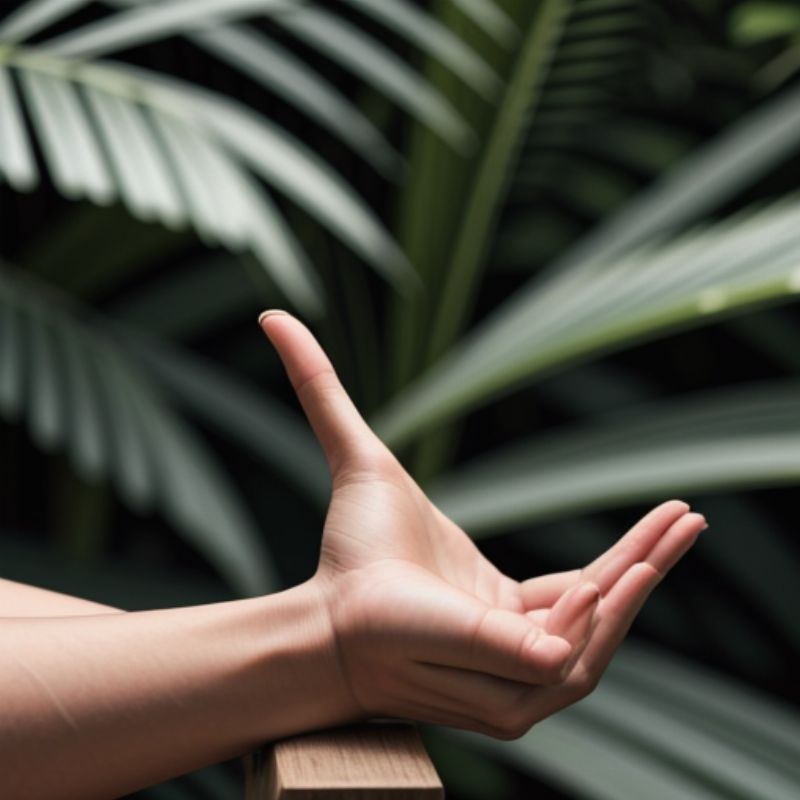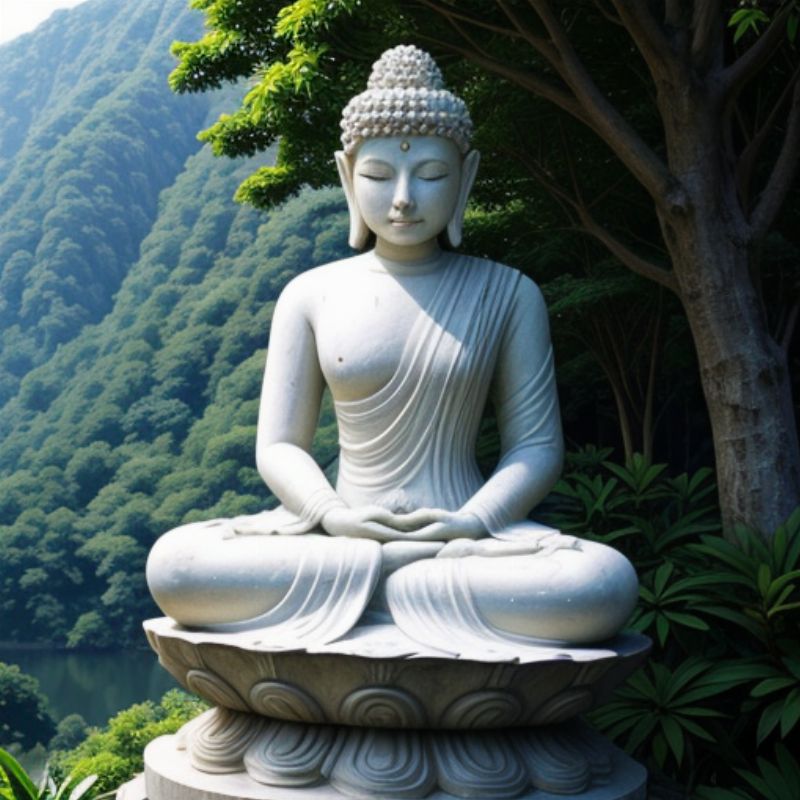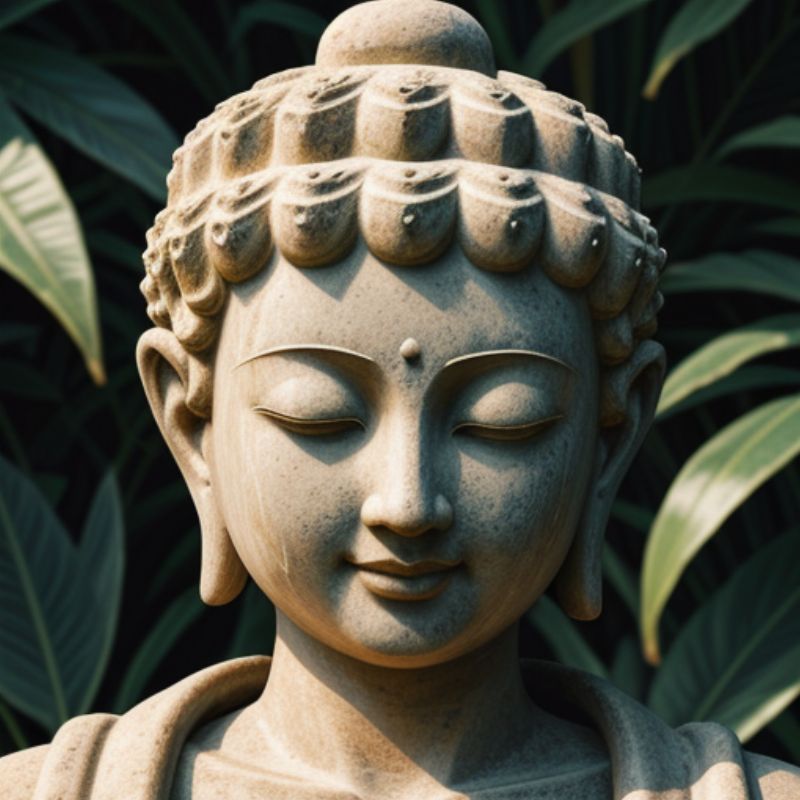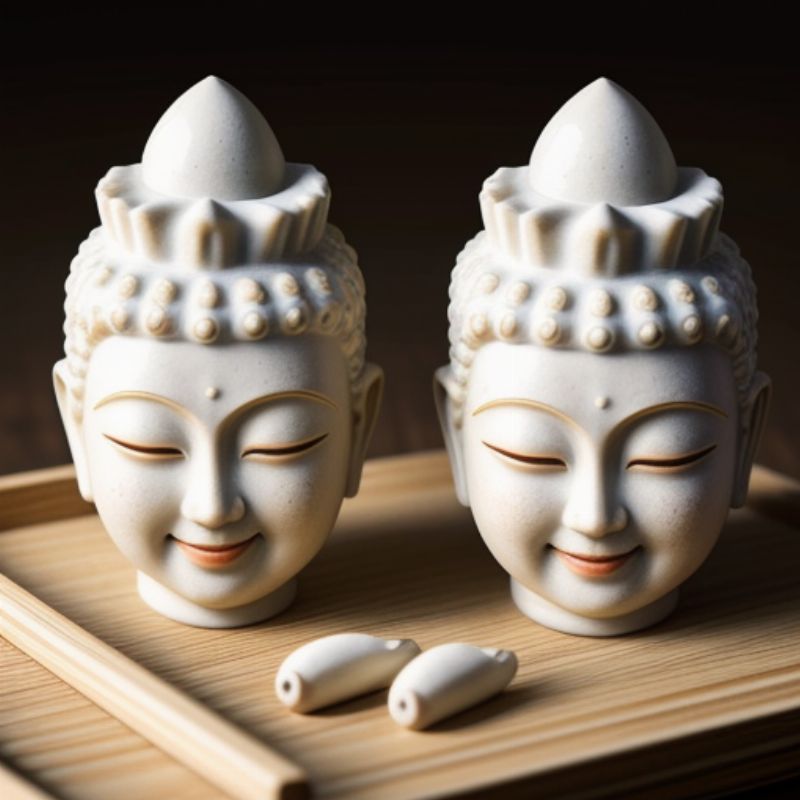Have you ever felt a sense of unease wash over you, like the world was a bit too much to bear? Like you needed a little pocket of peace in the chaos? We all crave security and solace, a sense of being shielded from harm. In the tapestry of Buddhist spiritual culture, there exist ancient gestures, whispered secrets passed down through generations, that offer a path to finding that sanctuary within – the Mudras for Protection.
Unlocking the Power of Mudras: Ancient Gestures for Modern Times
In Vietnamese culture, we have a saying, “Nước chảy đá mòn,” meaning “Water dripping on a rock will eventually wear it away.” This speaks to the power of consistent, small actions, and the same can be said about Mudras. These subtle hand gestures, often practiced during meditation, are believed to channel energy within the body and create a ripple effect outwards.
Think of mudras like this – imagine a light switch. When you flick the switch, you don’t see the electricity, but you see the light flood the room. Mudras are like that switch, subtly shifting our internal energy to create tangible change in our lives.
But how can simply positioning your fingers offer protection?
The answer lies in understanding the interconnectedness of mind, body, and spirit that is central to Buddhist teachings. Each finger is associated with a different element and a different aspect of our being. By bringing these elements into harmony through mudras, we can create a sense of balance, clarity, and yes, even protection from negative energies.
The Abhaya Mudra: A Silent Guardian
Perhaps the most well-known Mudra For Protection is the Abhaya Mudra, a gesture that needs no translation, for it speaks the universal language of reassurance and safety.
How to Practice the Abhaya Mudra:
- Sit comfortably, either on a cushion or in a chair with your spine straight.
- Rest your left hand gently in your lap, palm facing upwards.
- Raise your right hand to chest level, palm facing outwards, as if gesturing “stop.”
- Gently extend your fingers upwards, keeping them relaxed and slightly apart.
This simple gesture, practiced for centuries, is believed to:
- Dispel Fear: Imagine facing your fears head-on with an open palm, gently pushing them away. The Abhaya Mudra reminds us that fear thrives in darkness, and by facing it with awareness and courage, we diminish its power.
- Invoke Protection: In Vietnamese culture, we have a saying, “Có công mài sắt, có ngày nên kim,” meaning “With perseverance, even iron can be ground into a needle.” The Abhaya Mudra reminds us that our inner strength, cultivated through practice, can be our greatest protector.
- Promote Peace: The gesture itself is calming, a visual reminder to breathe deeply and release tension.
 Woman practicing Abhaya Mudra
Woman practicing Abhaya Mudra
Beyond the Abhaya Mudra: Exploring Other Protective Gestures
While the Abhaya Mudra might be the most iconic, it’s just one brushstroke on the vast canvas of protective mudras. Here are a few others to explore:
- The Vajrapani Mudra: This powerful mudra invokes the energy of Vajrapani, a wrathful deity in Buddhist iconography who represents the enlightened mind’s ability to conquer obstacles.
- The Linga Mudra: This mudra is associated with the element of fire and is believed to boost energy and vitality, helping to burn through negativity.
- The Apan Vayu Mudra: While often used for its physical health benefits, this mudra is also believed to create a sense of grounding and stability during times of stress or uncertainty.
Integrating Mudras into Daily Life: Cultivating Inner Sanctuary
You might be wondering, “Do I need to be a Buddhist monk meditating in a cave to experience the benefits of mudras?” Absolutely not! Just as a single drop of water can create ripples in a pond, even a few moments of mindful practice can have a profound impact on our lives.
- Morning Practice: Begin your day by practicing the Abhaya Mudra for a few minutes, setting the intention to move through your day with courage and peace.
- Moments of Stress: Feeling overwhelmed? Take a few deep breaths and form the Apan Vayu Mudra to regain a sense of grounding.
- Evening Reflection: Before bed, practice the Linga Mudra to release any negativity accumulated throughout the day.
Remember, the key is consistency and intention. Approach your practice with a sense of open curiosity, and allow yourself to feel the subtle shifts in your energy and awareness.
Mudras and the Path to Enlightenment
In the teachings of Buddhism, the ultimate protection comes not from external forces but from within ourselves. The journey towards enlightenment is about cultivating wisdom, compassion, and ultimately, liberation from suffering.
“Mudras are not magic spells,” says Dr. Nguyen Thi Lan, author of “Finding Peace in the Palm of Your Hand: A Practical Guide to Buddhist Mudras.” “They are tools, like meditation or mindfulness, that help us to connect more deeply with our inner wisdom and cultivate the qualities that lead to true and lasting peace.”
Mudras, therefore, are not merely about seeking external protection. They are about cultivating an inner sanctuary, a place of refuge within ourselves that cannot be shaken by the storms of life. And perhaps, that is the most powerful protection of all.
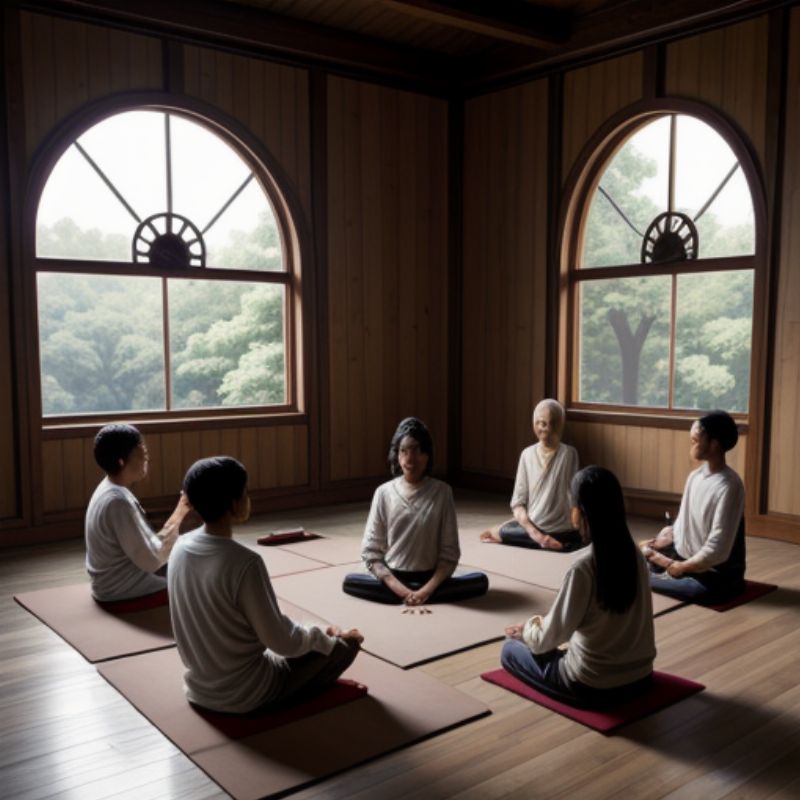 Group meditation practicing protective mudras
Group meditation practicing protective mudras
Frequently Asked Questions About Mudras for Protection
Q: I’m new to meditation. Are mudras difficult to learn?
A: Not at all! One of the beautiful things about mudras is their simplicity. Most mudras involve just a few simple hand gestures that are easy to learn and practice. Start with the Abhaya Mudra, and as you become more comfortable, you can explore other mudras.
Q: How long do I need to practice a mudra to feel its effects?
A: There’s no set amount of time, as everyone’s experience is unique. Start with a few minutes each day and gradually increase the duration as you feel comfortable. Remember, consistency is key.
Q: Can I practice mudras anywhere?
A: Absolutely! Mudras can be practiced sitting, standing, or even lying down. Find a quiet space where you feel comfortable and can focus on your breath and the sensations in your body.
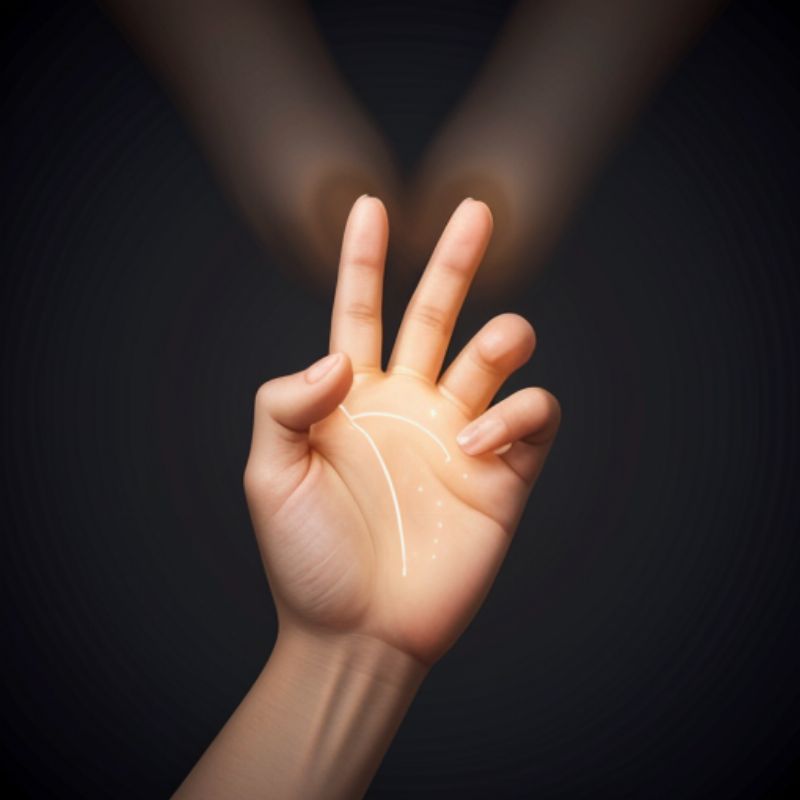 Close up of hand in protective mudra with glowing energy
Close up of hand in protective mudra with glowing energy
As you embark on your exploration of mudras for protection, approach the practice with an open mind and a compassionate heart. Allow yourself to feel the subtle shifts in your energy and awareness, and trust in the ancient wisdom that these gestures hold.

